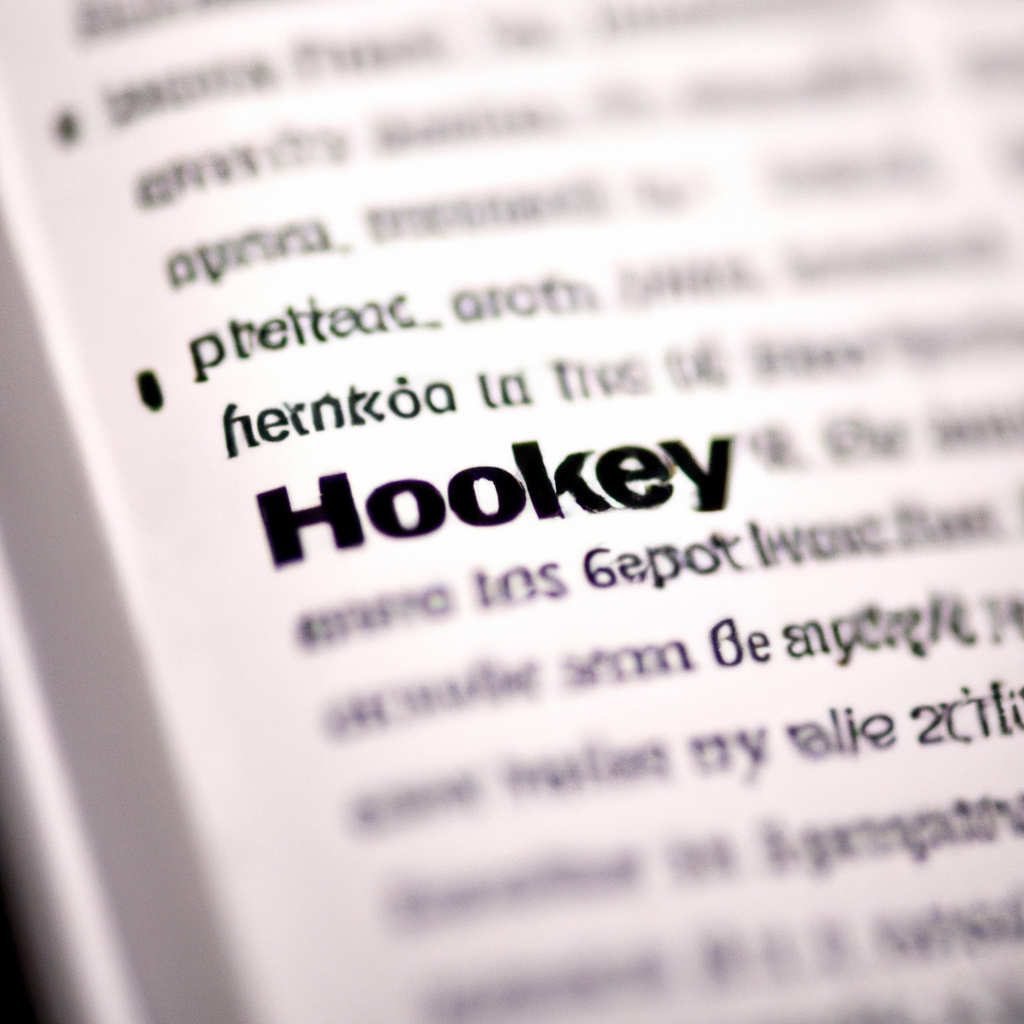
New to hockey? This hockey dictionary will help
Hockey is a fast-paced and exciting sport that has captivated fans around the world for over a century. Whether you're a seasoned fan or a new parent with a child just starting to play the game, understanding the terminology of hockey is key to fully enjoying and appreciating the sport.
This hockey dictionary is designed to provide a comprehensive list of terms commonly used in hockey, along with their definitions and explanations. From basic concepts like "goal" and "penalty" to more advanced tactics like "forechecking" and "power play," this dictionary covers a wide range of hockey terminology that will help you navigate the game with confidence.
- Rink: The ice surface where the game is played.
- Zamboni: The machine that smooths and resurfaces the ice between periods.
- Faceoff: When two players from opposing teams line up against each other and try to win possession of the puck when it is dropped by the referee.
- Offside: When an attacking player crosses the blue line into the offensive zone before the puck does.
- Icing: When a player shoots the puck from behind the center red line all the way down to the opposing team's end without any player from either team touching it.
- Penalty: When a player breaks a rule, they can be sent to the penalty box for a set amount of time (2, 5, or 10 minutes) depending on the severity of the infraction.
- Power play: When one team has more players on the ice due to a penalty being called on the other team.
- Penalty kill: When a team is down a player due to a penalty and must defend against the opposing team's power play.
- Hat trick: When a player scores three goals in a single game.
- Checking: The act of using one's body or stick to impede the progress of an opposing player.
- Slap shot: A hard shot taken by winding up and striking the puck with a full swing of the stick.
- Wrist shot: A quick shot taken by flicking the wrist to release the puck.
- Assist: When a player helps set up a goal by passing the puck to the scorer.
- Goalie: The player responsible for defending the net and stopping the opposing team from scoring.
- Puck: The small, hard rubber disc that is used in the game.
- Stickhandling: The act of controlling the puck with the stick while skating.
- Body checking: The legal act of using one's body to stop or impede an opposing player.
- Boarding: A penalty called when a player pushes or hits another player into the boards with excessive force.
- Cross-checking: A penalty called when a player uses their stick to forcefully push or hit an opposing player.
- High-sticking: A penalty called when a player's stick makes contact with an opposing player's head or face.
- Tripping: A penalty called when a player uses their stick, body, or foot to trip an opposing player.
- Delay of game: A penalty called when a player intentionally delays the game by shooting or playing the puck out of bounds or covering the puck with their hand.
- Breakaway: When a player has possession of the puck and is skating uncontested towards the opposing team's goal.
- Checking from behind: A penalty called when a player hits an opposing player from behind, pushing them into the boards or the ice.
- Deke: A move used to fake out an opposing player, usually involving quick changes in direction or stickhandling.
- Forecheck: When a team sends players aggressively into the opposing team's end to pressure them and prevent them from getting the puck out.
- Backcheck: When a team sends players back into their own end to defend against an opposing team's attack.
- Neutral zone: The area between the two blue lines on the rink where the puck can be played by either team.
- Faceoff circle: The circle on the rink where the faceoff takes place.
- Goal line: The line on the rink where the goal is located.
- One-timer: A shot taken without stopping or controlling the puck first, usually off a pass from a teammate.
- Power move: A move used by a player to drive to the net with strength and speed, usually to score a goal.
- Dump and chase: A strategy where a team dumps the puck into the opposing team's end and then chases after it to regain possession.
- Five-hole: The space between a goalie's legs where the puck can be shot to score a goal.
- Puck possession: When a team has control of the puck and is able to move it up the ice or create scoring chances.
- Faceoff violation: When a player from one team enters the faceoff circle before the puck is dropped, resulting in a faceoff violation penalty.
- Goaltender interference: A penalty called when an attacking player makes contact with the goaltender in the crease, preventing them from making a save.
- Stick lift: When a player uses their stick to lift the opponent's stick in order to steal the puck.
- Wraparound: A move where a player carries the puck behind the opposing team's net and quickly wraps it around the post to try to score.
- Penalty shot: A shot taken by a player who was denied a clear scoring opportunity due to a penalty committed by the defending team.
- Breakout: When a team moves the puck out of their own end and into the neutral zone.
- Crossover: A skating technique used to quickly change direction by crossing one foot over the other.
- Rebound: When the goaltender makes a save and the puck bounces back into play, creating a potential scoring opportunity for the attacking team.
- Slashing: A penalty called when a player hits an opposing player with their stick, either with a swinging motion or a chop.
- Body position: The way a player positions their body in relation to the puck and the opposing players, to gain an advantage.
- Drop pass: A move where a player drops the puck back to a trailing teammate who is skating towards them.
- Neutral zone trap: A defensive strategy where a team sets up a strong defensive wall in the neutral zone, forcing the opposing team to dump the puck in and giving the defending team an opportunity to regain possession.
- Top shelf: The top part of the net, just under the crossbar, where many players aim their shots to score.
- Stick tape: The tape that players wrap around their stick blades for better grip and puck control.
- Goaltender mask: The protective helmet worn by the goaltender that covers their head and face.
- Face shield: The clear plastic shield that some players wear to protect their face from sticks and pucks.
- Hat toss: A tradition where fans throw their hats onto the ice to celebrate when a player scores three goals in a single game (a hat trick).
- Checking line: A line of players who are responsible for checking and disrupting the opposing team's offensive players.
- Puck drop: The moment when the referee drops the puck to begin play after a stoppage in play.
- Overtime: An additional period of play that is added to the game if the score is tied at the end of regulation time, with the first team to score winning the game.
- Slap shot: A hard, powerful shot where the player winds up and slaps the puck with their stick.
- Wrist shot: A quick, accurate shot where the player snaps their wrist to shoot the puck towards the net.
- Snap shot: A quick, powerful shot where the player uses a quick wrist movement to shoot the puck towards the net.
- Give-and-go: A passing play where a player passes the puck to a teammate and then quickly receives a return pass.
- Faceoff win: When a player wins the faceoff and gains possession of the puck for their team.
- Short-handed goal: A goal scored by a team that is shorthanded due to a penalty.
- Offensive zone: The area of the ice where the attacking team has possession of the puck and is trying to score.
- Defensive zone: The area of the ice where the defending team is trying to prevent the opposing team from scoring.
- Faceoff dot: The circle on the ice where the faceoff takes place.
- Slot: The area of the ice in front of the net where many goals are scored.
- Stick blade: The flat part of the stick used to control and shoot the puck.
- Blade curve: The degree of curve in the stick blade, affecting the player's shot and puck control.
- Center ice: The middle of the ice surface, where the red line and the faceoff circles are located.
- Referee: The official who enforces the rules of the game and makes calls on penalties and goals.
- Linesman: The official who helps the referee with calls on offside and icing, and drops the puck for faceoffs.
- Rink boards: The barriers surrounding the rink, where the glass and advertisements are mounted.
- Goalpost: The metal posts at the end of the rink, supporting the net and defining the boundaries of the goal.
What did I miss? Add terms in the comments.
- Kristina

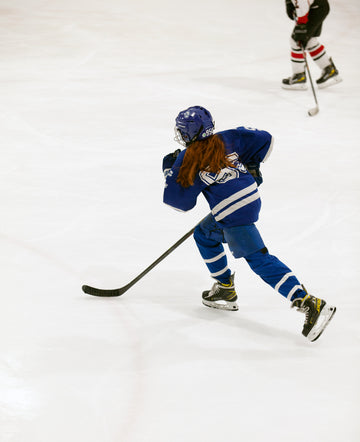
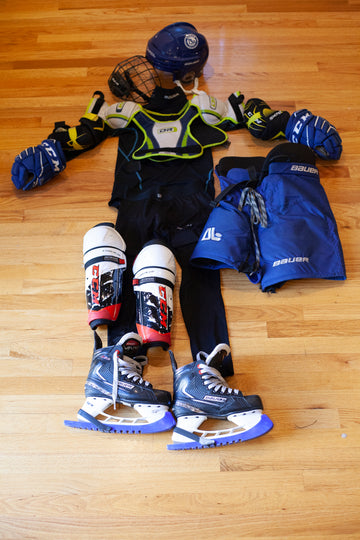

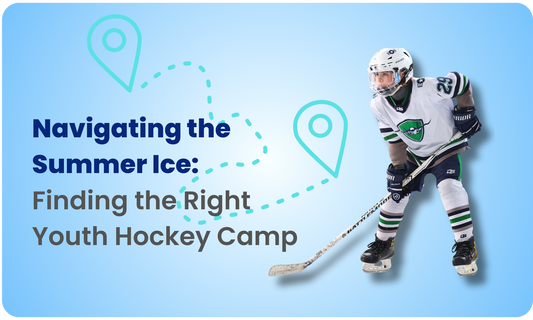
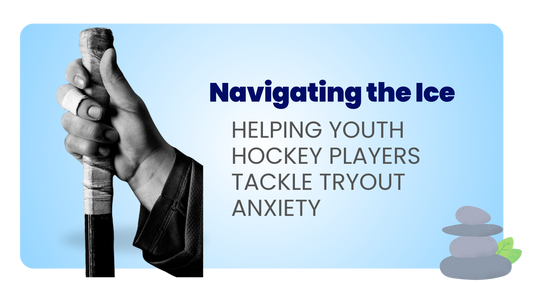
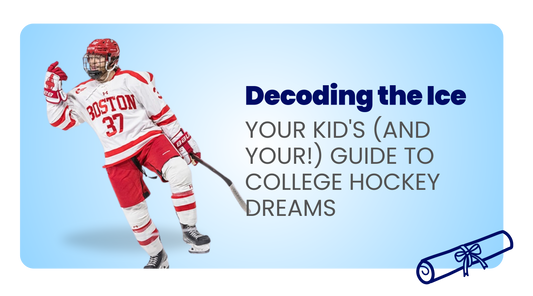
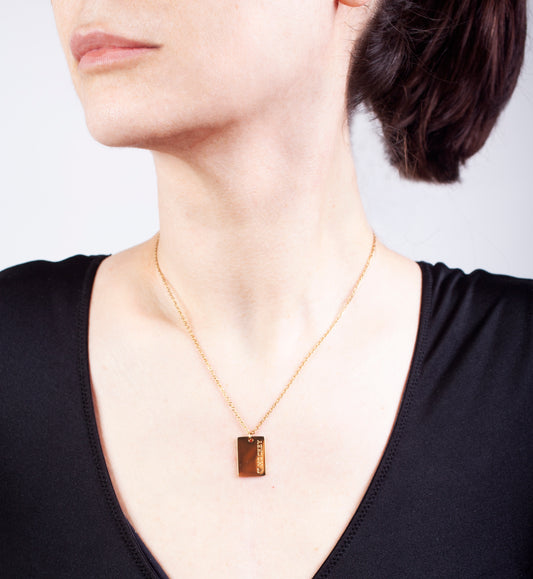

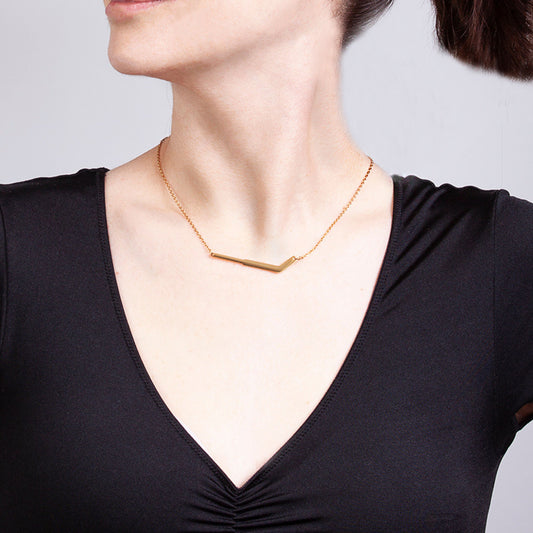
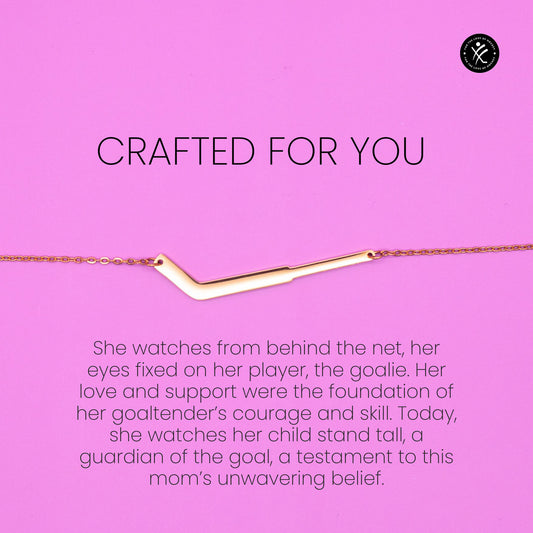

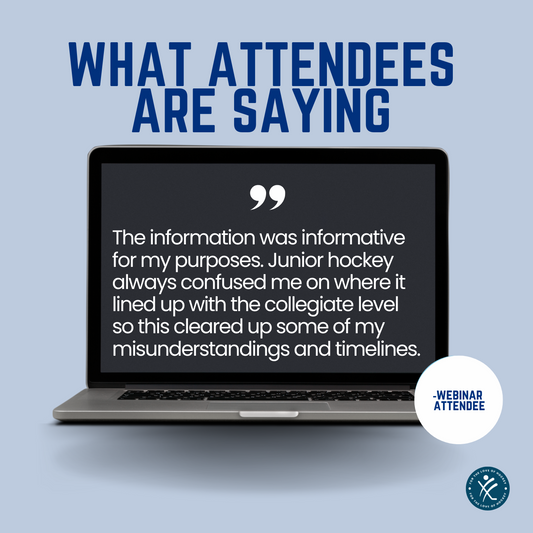
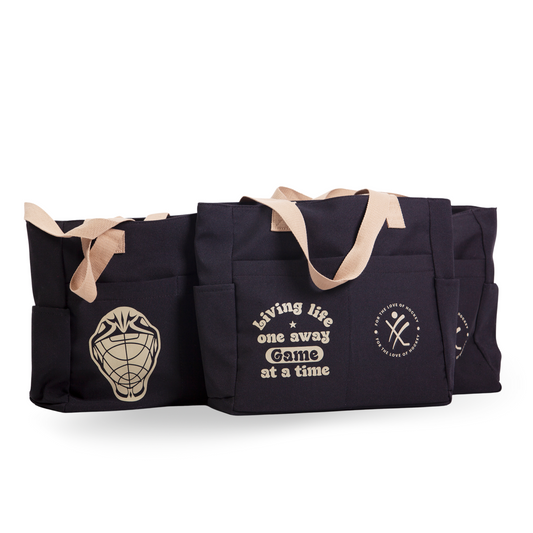

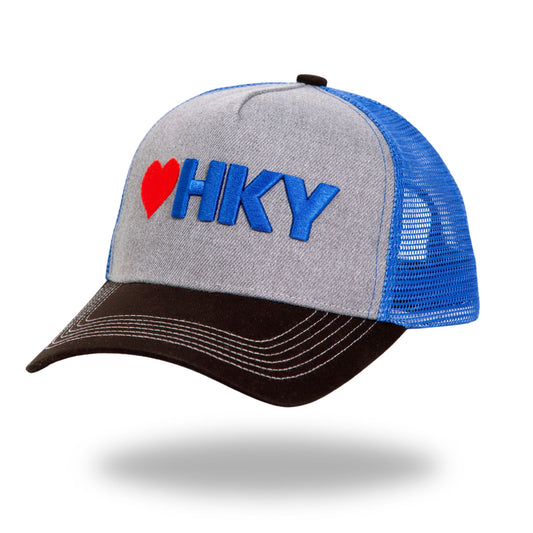
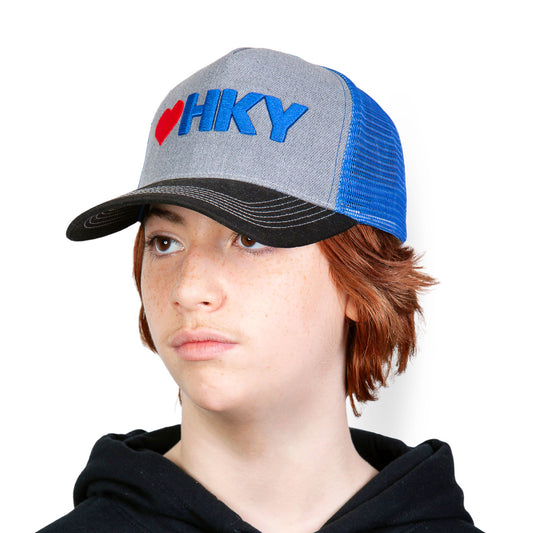
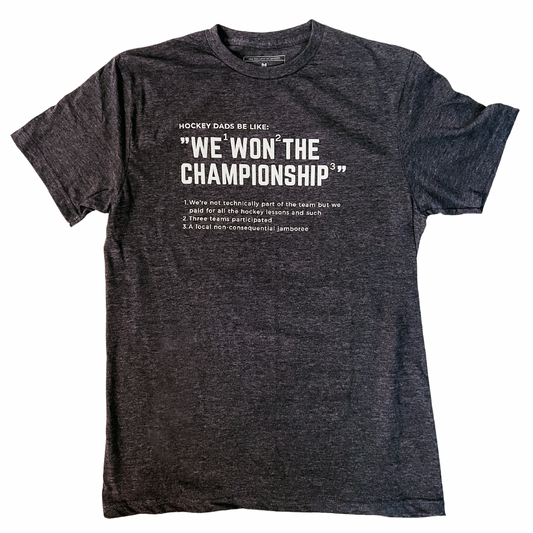
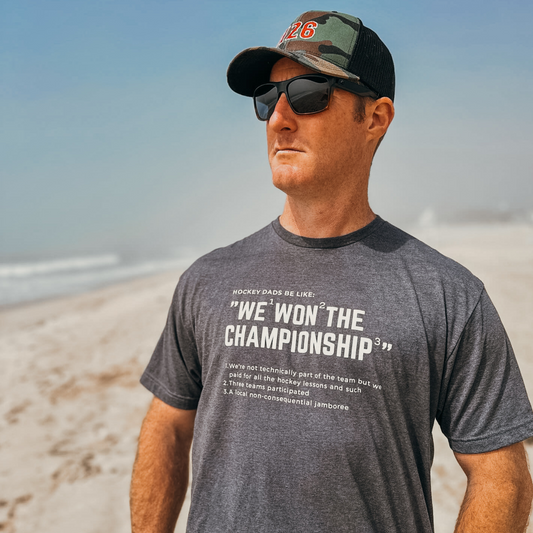
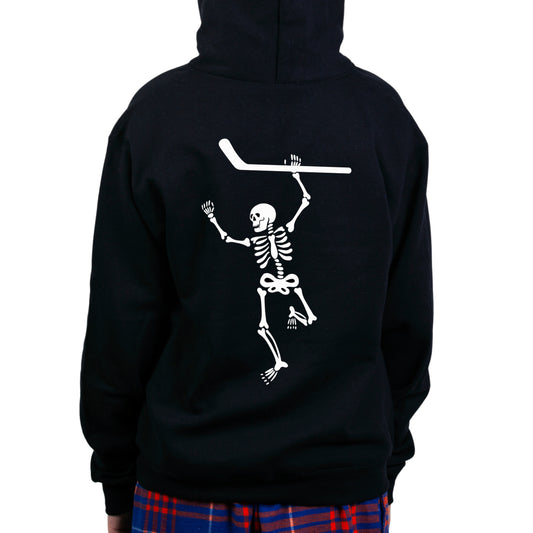
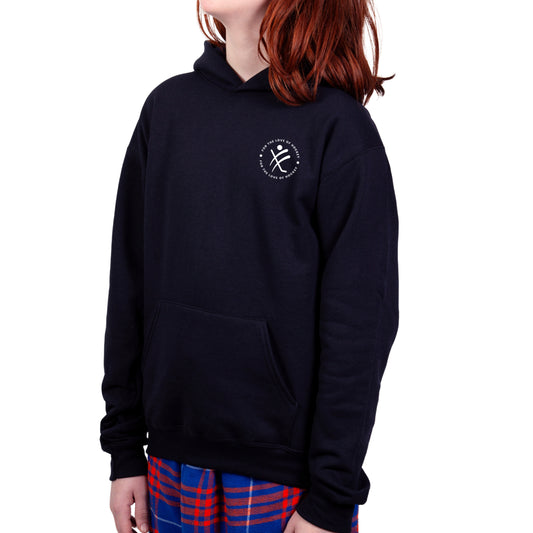

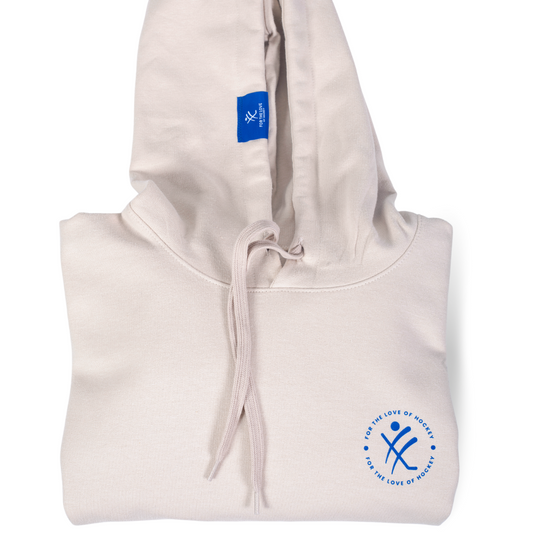
Love this! Would be great to have it organized by alphabetical order or even by function. Like on ice, gear, slang, etc.
Michigan; gordie Howe hat trick;